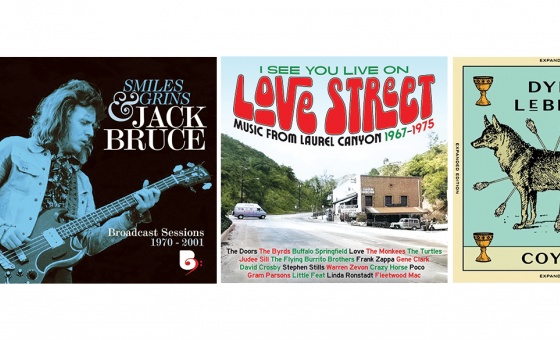This is the last article you can read this month
You can read more article this month
You can read more articles this month
Sorry your limit is up for this month
Reset on:
Please help support the Morning Star by subscribing here
As far as gardeners and cooks are concerned, field beans are just broad beans with a more agricultural name. They belong to the same species, Vicia faba, and are raised and eaten in just the same way.
The term "field bean" generally refers to beans grown as fodder for livestock or as green manure crops for soil improvement.
However, some field beans are easily good enough for the kitchen garden, where they can often prove more fruitful than broad beans, and easier to grow.
Last year I grew two crops of a field bean named Wizard, from the Real Seed Catalogue (www.realseeds.co.uk; tel 01239 821-107).
I sowed one lot the previous November and another in early March. In both cases, I started them off in an unheated greenhouse in "root trainer" cells, though putting them individually in three-inch pots would do fine.
You can also sow them directly into the ground, though that does put them at risk from mice as well as from rotting in soggy soil.
I planted out my first batch at the end of March, at a spacing between the plants of nine inches in each direction. The second tray, which went out in early May, I put at six-inch spacings.
The difference didn't seem to have much effect on the size of the two crops, so in future I think I'll aim for around seven to eight inches.
During a rather cold spring, I kept the earlier beans under plastic cloches for a few weeks, though that shouldn't usually be necessary - they're reputedly very winter-hardy.
Like most beans, they do best in full sun, in a spot that isn't too windy, and in a good, rich soil. As they grow they'll need staking against the wind.
I picked my autumn-sown field beans from early July, with the spring-sown ones following on only a couple of weeks later. I think it must have been the best "broad bean" crop I've ever had.
The plants produced a huge number of fairly small pods, each of which in turn contained about four beans - fairly small compared to broads.
The overall harvest was noticeably bigger than from a similarly-sized bed of broad beans elsewhere in my garden.
But it was the quality that was really noticeable. Field beans tend to be more robust than their more highly-bred cousins, the broads, and in this crop there wasn't one single bean damaged by pest or disease.
They have a lovely strong flavour and freeze superbly, keeping texture, taste and colour much better than broad beans do.
Incidentally, a reader of an archival bent has pointed out to me that I missed marking this column's 20th birthday, which actually fell last August. By way of belated celebration here's a special offer - I will send a free packet of seeds to any reader who manages to overthrow monopoly capitalism before the end of February. (Please note, terms & conditions apply, as do the laws of historical materialism.)









